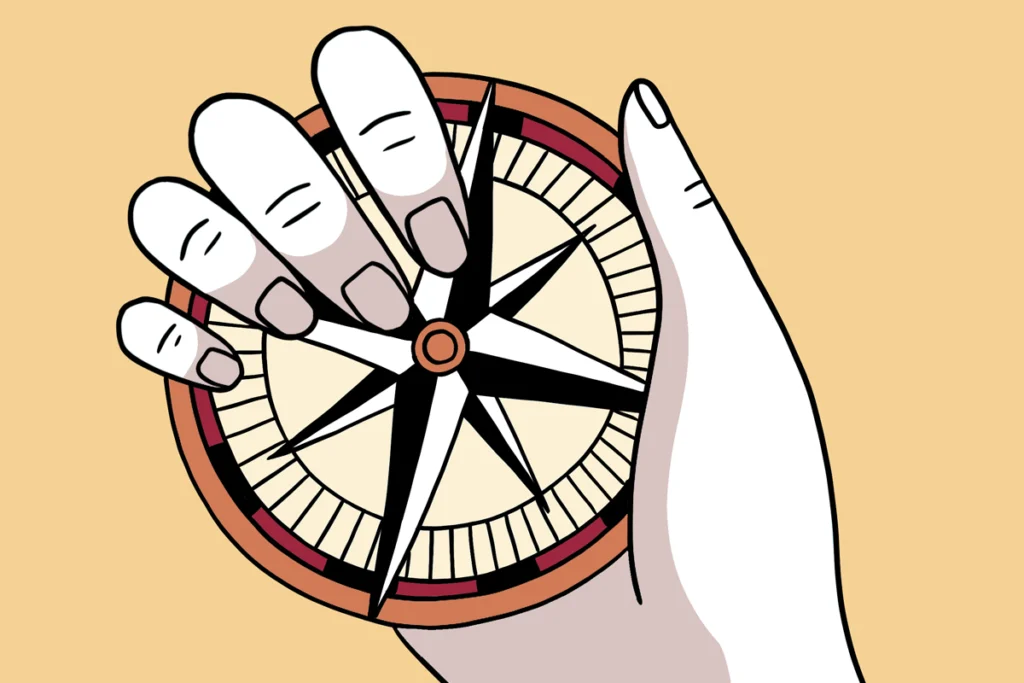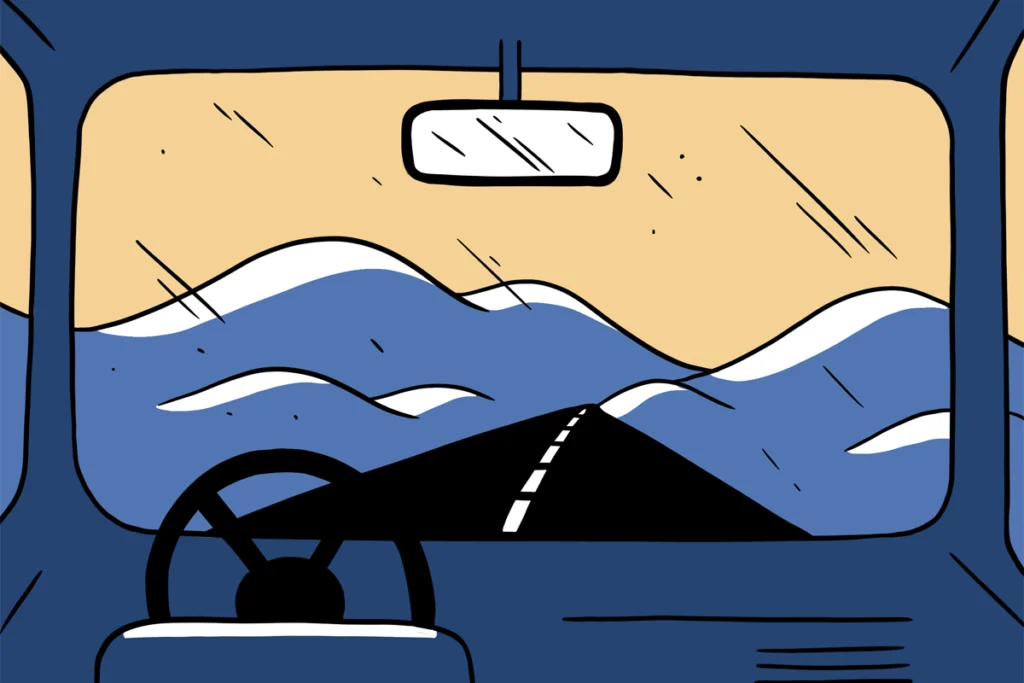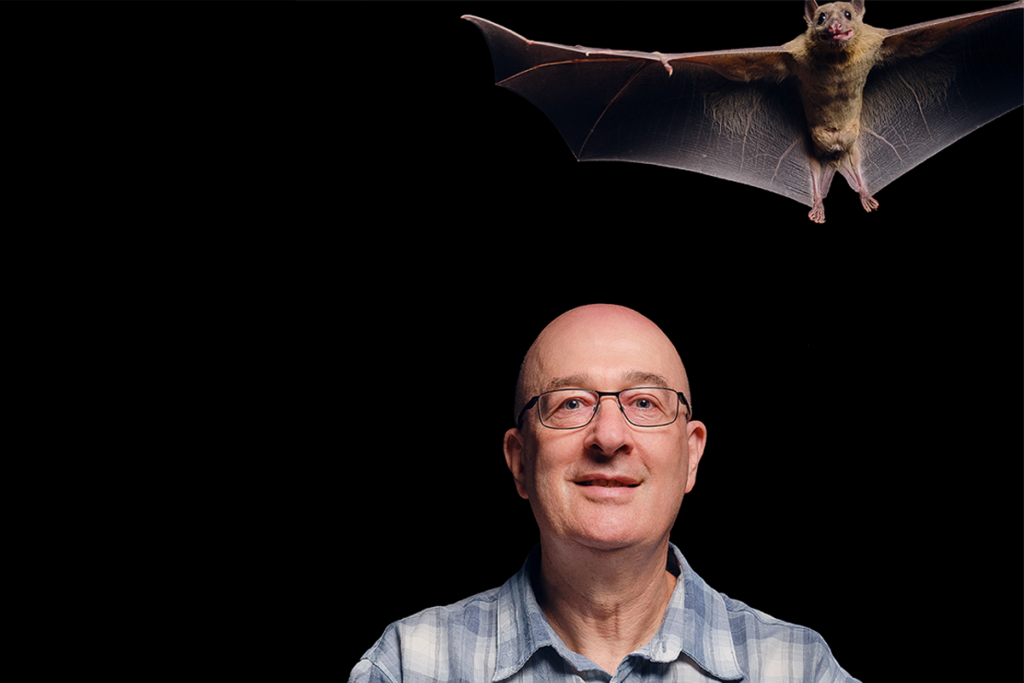Laurène Boglio
Illustrator
From this contributor
Creating a more inclusive autism research community
The Transmitter rounds up efforts to improve equity and diversity both within the field and in research projects.

Creating a more inclusive autism research community
The Transmitter Launch: Industry internships, ‘Next Generation Leaders,’ and more
Working at a biotechnology or artificial-intelligence company is no longer an “alternative career” for researchers with a doctorate in neuroscience—plus jobs, training and funding updates for May.

The Transmitter Launch: Industry internships, ‘Next Generation Leaders,’ and more
The Transmitter Launch: How neuroscience outreach builds key soft skills
Getting involved in public-education programs can help trained scientists develop careers both in and out of the lab.

The Transmitter Launch: How neuroscience outreach builds key soft skills
The Transmitter Launch: Postdoc pay, emerging scholars and more
This month’s newsletter for early-career neuroscientists delves deep into the discussion around postdoctoral salaries and benefits.

The Transmitter Launch: Postdoc pay, emerging scholars and more
The Transmitter Launch: Q&A with Amalia Napoli
This musician-turned-researcher “had already lived a life” before starting her Ph.D. in neuroscience at the age of 53. She spoke with The Transmitter about her path and how she used her time outside of academia to her advantage.

The Transmitter Launch: Q&A with Amalia Napoli
Explore more from The Transmitter
The Transmitter’s most-read neuroscience book excerpts of 2025
Books by Nachum Ulanovsky, Nicole Rust, and Andrew Iwaniuk and Georg Striedter made the list of some of the year's most engaging neuroscience titles.

The Transmitter’s most-read neuroscience book excerpts of 2025
Books by Nachum Ulanovsky, Nicole Rust, and Andrew Iwaniuk and Georg Striedter made the list of some of the year's most engaging neuroscience titles.
Neuroscience’s leaders, legacies and rising stars of 2025
Here are seven stories from the past year about some of the field’s most engaging figures.

Neuroscience’s leaders, legacies and rising stars of 2025
Here are seven stories from the past year about some of the field’s most engaging figures.
The Transmitter’s top news articles of 2025
Check out some of our most-read stories, covering neuroscience funding and policy changes in the United States, and methodological issues in high-profile neuroscience papers.

The Transmitter’s top news articles of 2025
Check out some of our most-read stories, covering neuroscience funding and policy changes in the United States, and methodological issues in high-profile neuroscience papers.